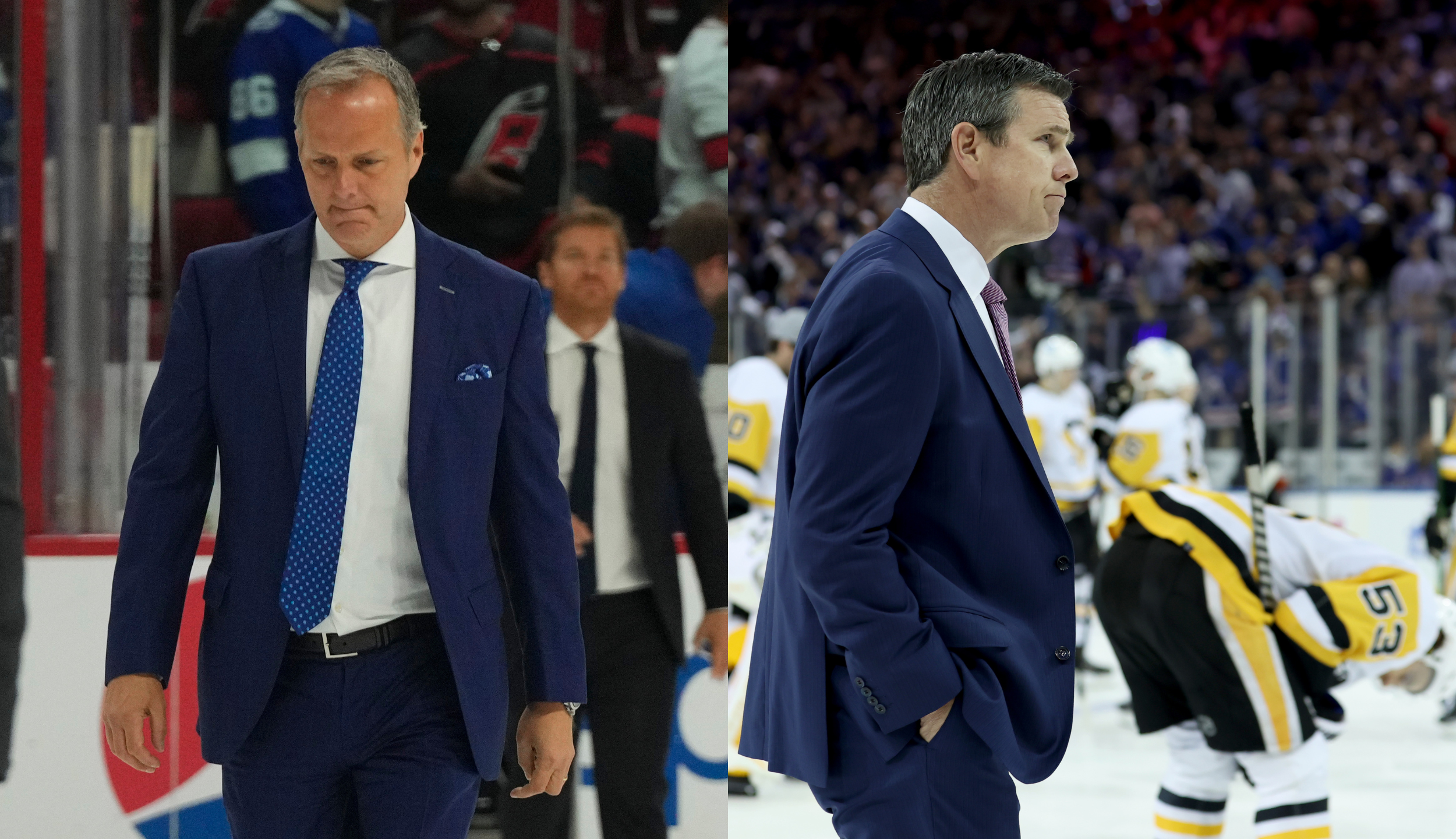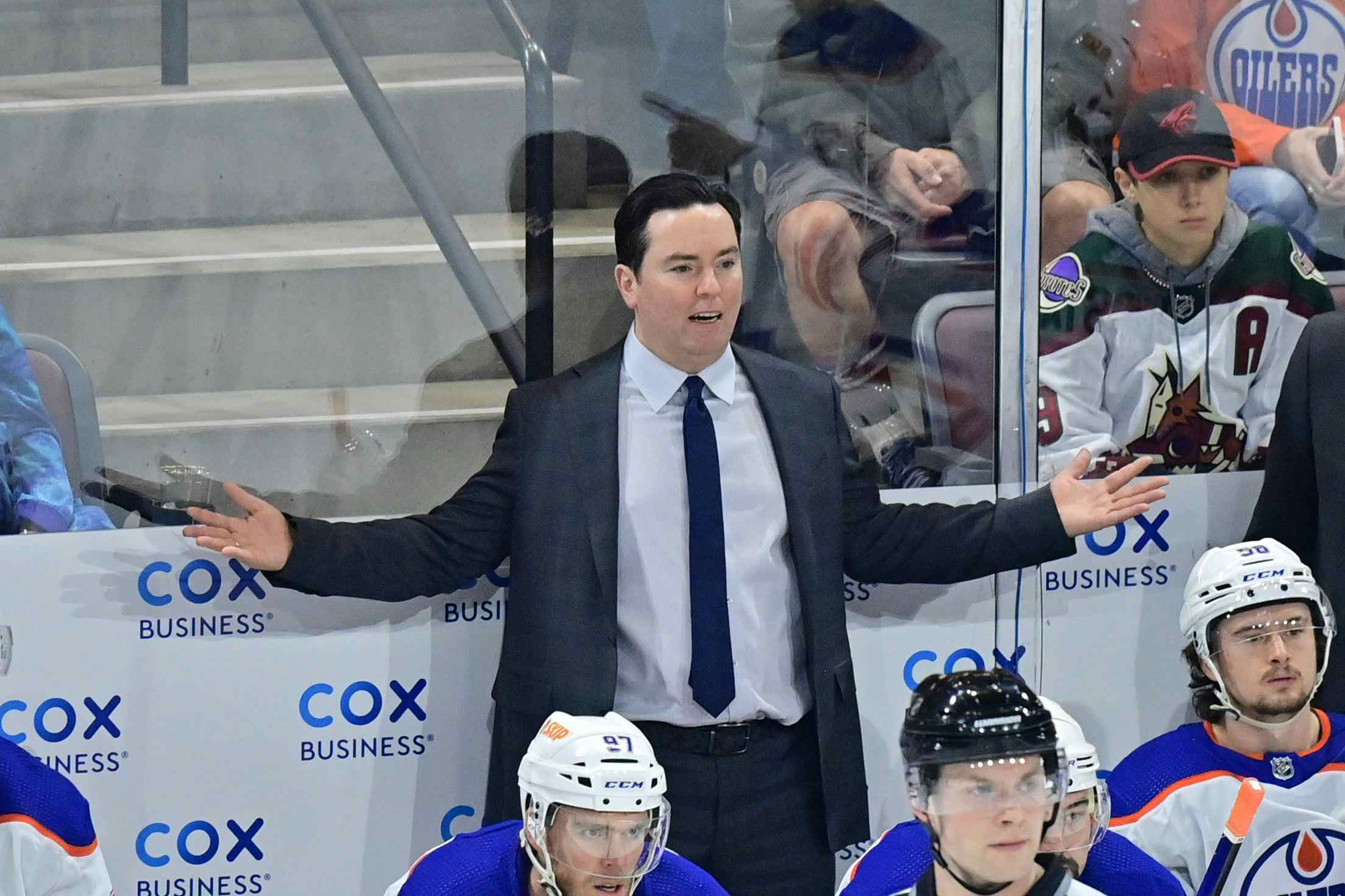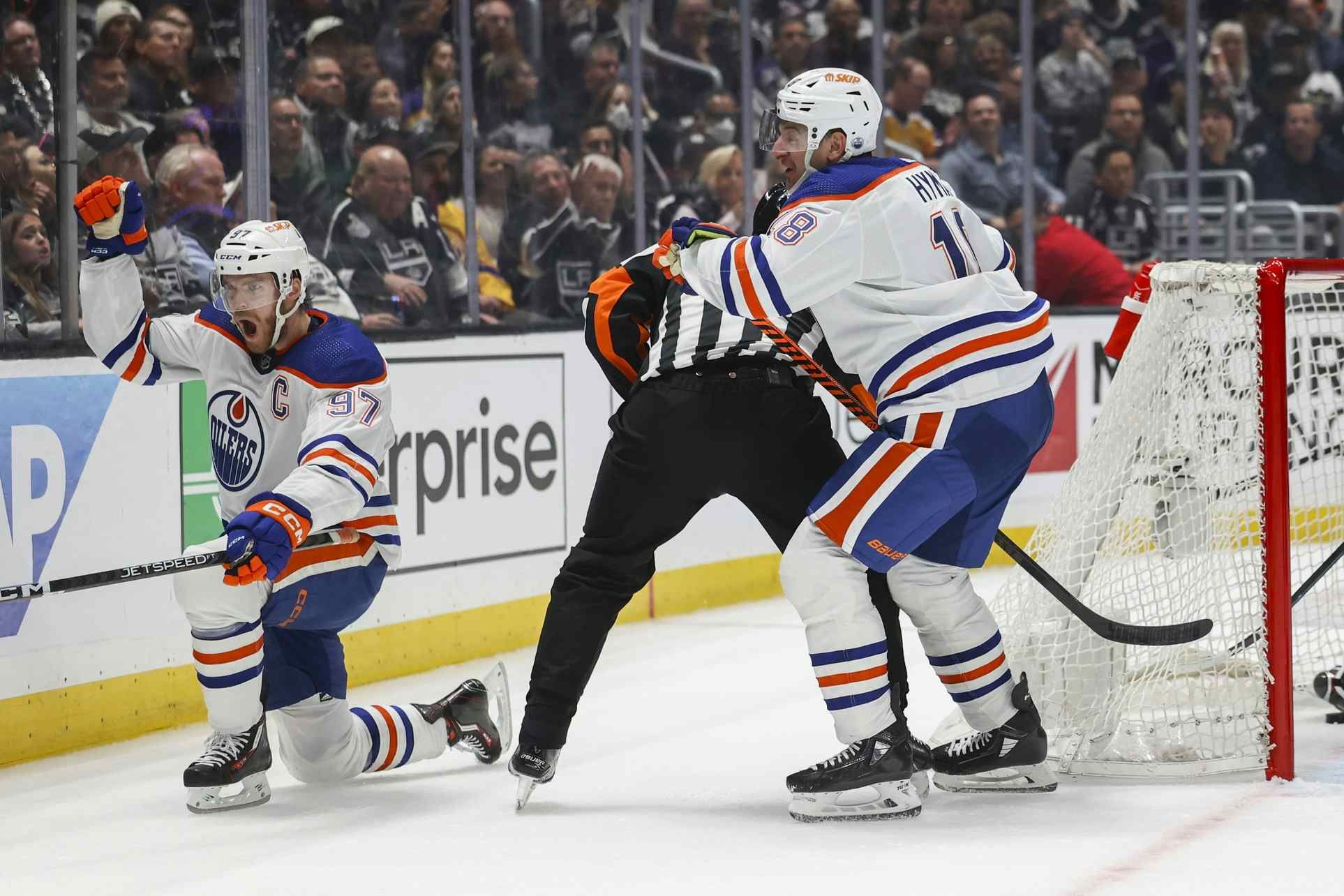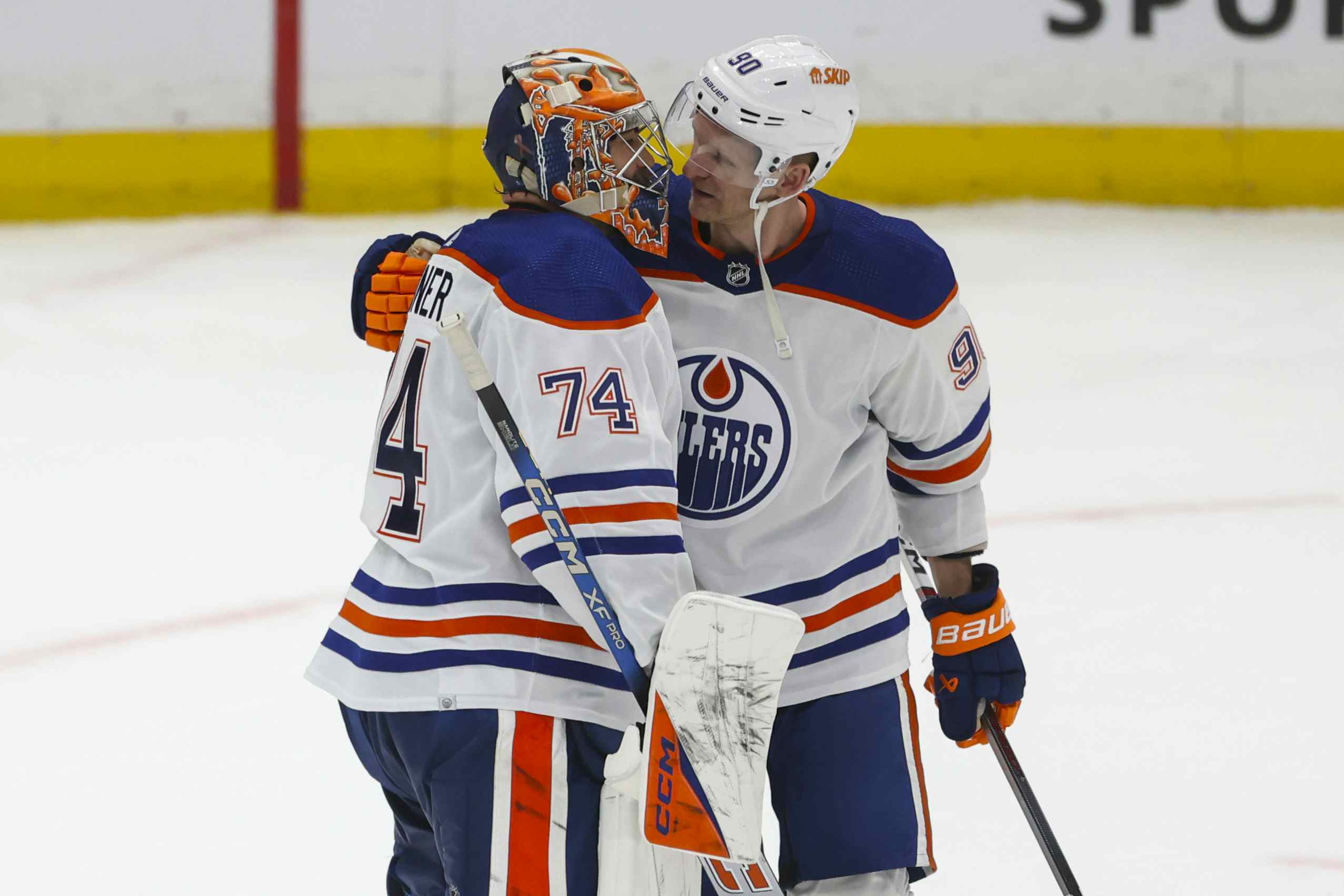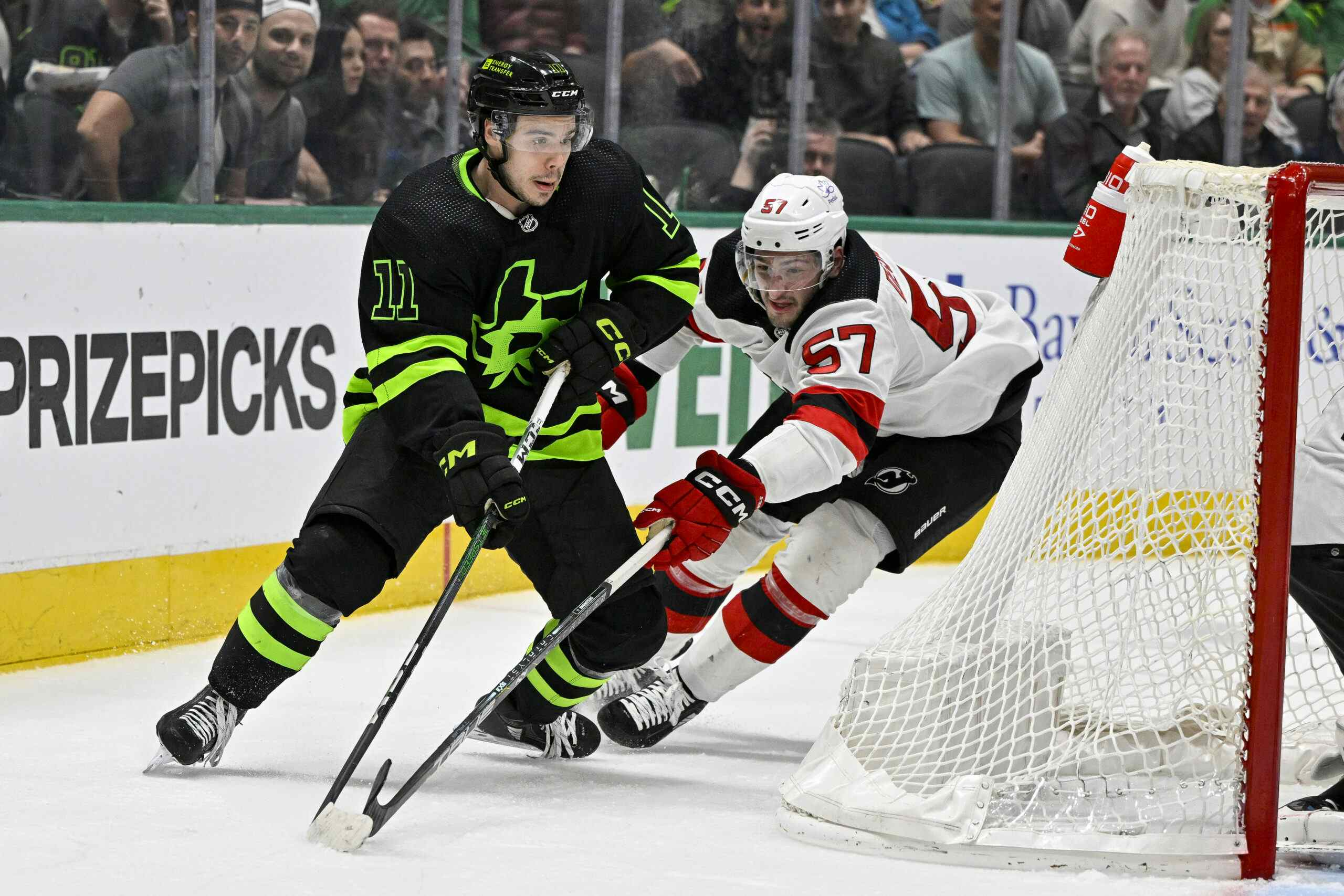WWYDW: Trade Deadline Strategy
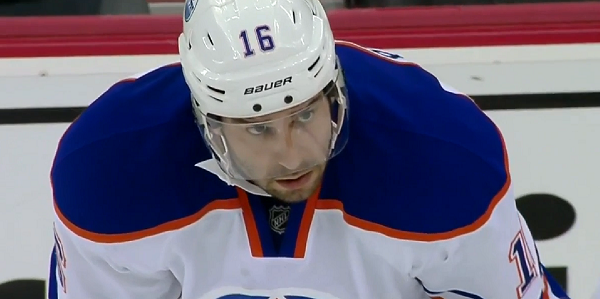
It’s a little early to talk about the trade deadline this season, but not ridiculously so. The NHL’s holiday trade freeze kicks in on December 19 and lifts on December 28; historically teams become more active on the trade front once the holidays are passed.
This year there’s a two-month window between the lifting of the freeze and the actual deadline, and Edmonton’s in a very interesting situation because of the weird state of the Western Conference.
Standings
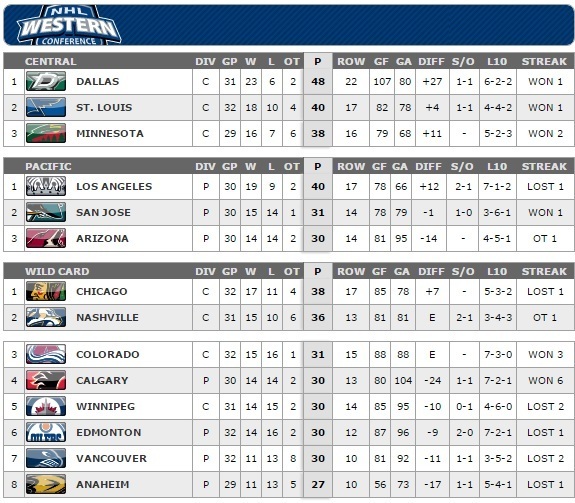
Two weeks ago, I was pretty forcefully arguing that Edmonton’s season was all but over and the playoffs were a pipe dream. I still think it’s unlikely that the Oilers make the postseason, but I was wrong to be so dismissive. I didn’t see Edmonton’s six-game winning streak coming, and at least as importantly I didn’t properly appreciate what a disaster the Pacific is (San Jose was on a tear at the time and I was still banking on a resurgent Ducks team). I was wrong.
Here’s one way to look at the current situation:
- Gap between dead last in the West and second in the Pacific: Four points
- Gap between second in the Pacific and the final wild card slot: Five points
At this point of the year, the team slated to start the playoffs on home ice is closer to the bottom of the conference than it is to catching the No. 5 team in the Central division.
Apparently the mountain does occasionally come to Mohammed.
Edmonton’s Position
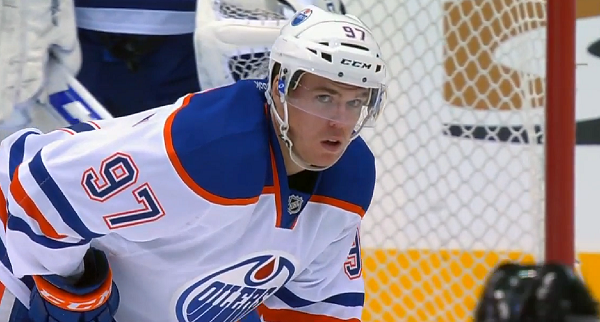
As I’ve said, my personal view is that the playoffs are unlikely for Edmonton. However, the Oilers are going to get a big boost from returning players—particularly the line of Benoit Pouliot, Connor McDavid and Nail Yakupov—and if the goaltending holds up it’s possible that the club not only makes the playoffs but has home ice advantage in the first round.
This puts general manager Peter Chiarelli in a position where he could pursue a number of different trade strategies over the next two months.
Buy now. Anything can happen in the playoffs. If, for example, the Oilers were to add pending free agent Dustin Byfuglien to the fold at the trade deadline (Winnipeg is currently tied with Edmonton but six points out of the postseason because Central division) it’s fun to imagine the possibilities—perhaps Oscar Klefbom and Byfuglien on the top pair, Brandon Davidson and Andrej Sekera rounding out the top-four and a third pairing of Darnell Nurse and Justin Schultz.
After all the losing, it’s tempting to gun it for the postseason, particularly if the player brought in as a rental would be auditioning for a permanent job in Edmonton. The downside here is that the Oilers are still flawed and likely to have trouble advancing through the playoffs, and of course that rentals tend to have inflated value at the deadline.
Stand pat, more or less. Steve Tambellini was in a similar spot in the lockout-shortened 2013 season, and this is what he opted to do. The Oilers held on to their pending free agents, notably defenceman Ryan Whitney, and sent a fourth-round pick to Florida to bring in Jerrod Smithson. Edmonton crumbled down the stretch, the Oilers missed out on the playoffs, and Tambellini’s strategy left the team slightly poorer in terms of draft picks but had no other long-term implications.
Straddling the fence has its advantages here. If Chiarelli takes this path, it allows him to show confidence in the team he has and doesn’t weaken them for a potential playoff run. At the same time, he safeguards the club’s draft picks and prospects, keeping an eye on the long-term. The downside is that Edmonton then wouldn’t get assets for its own pending free agents, and at the same time wouldn’t be bolstering its roster for the postseason.
Sell. This is the usual play for the Oilers at the deadline, though this year’s candidates aren’t likely to bring home a pile of assets. Teddy Purcell is the obvious trade candidate this year, particularly given how effective he has been with Taylor Hall and Leon Draisaitl. Eric Gryba will have value, Nikita Nikitin might fetch a mid-round pick, and of course I like the idea of treating Justin Schultz like a pending UFA, too.
The upside here is that Edmonton could presumably add some draft picks now which would have more value in the summer, thereby improving their stock of ammunition as they get set for next year. Gryba, for example, seems like a good bet to be worth more in-season than the fourth-round pick that the Oilers gave up for him at the draft. The trouble is that if Edmonton comes up just short of the postseason it’s going to look awfully silly to have shipped away a bunch of the supporting cast for low-end returns.
Decisions, Decisions
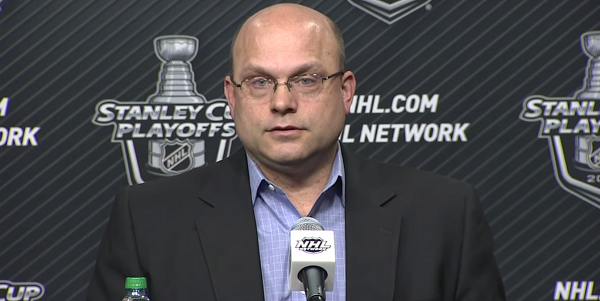
In my view, if the current dynamics in the Pacific hold, and Edmonton is in the playoff race but also clearly behind the entirety of the Central division, the course to take is a little of Option No. 2 and a little of Option No. 3.
In other words: Stand pat unless a) the return is really significant or b) the player can be moved without any real loss of effectiveness.
As was the case with Whitney way back when, the Oilers have a number of defencemen they could move without really taking a step back. Griffin Reinhart and Mark Fayne are currently in the minors; your mileage may vary but I don’t see a massive gap between that duo and the current NHL trio of Gryba, Schultz and Nikitin. There’s always at least some interest in defensive depth, and Edmonton has a bunch of plausible third-pair types on the roster and in the AHL.
If the Oilers fall out of the picture, it becomes easier to sell; if they start separating themselves from the pack in the Pacific and challenging a team like the Kings it becomes easier to buy.
As always with What Would You Do Wednesday, we leave the final word to our readers. What strategy should Chiarelli pursue between now and the deadline?
RECENTLY BY JONATHAN WILLIS
Recent articles from Jonathan Willis

